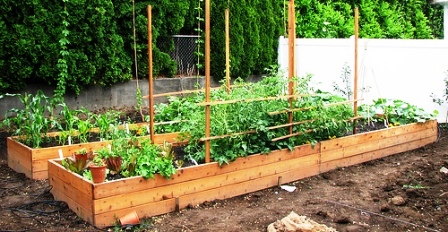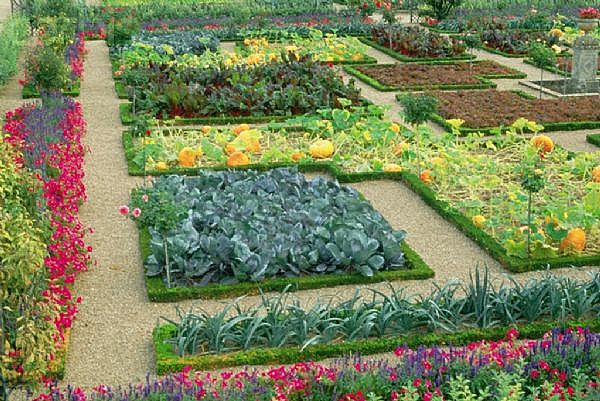Why oh why would anyone want to grow them.
Then about 4 years ago - I got a pack of free Sweet Pea seeds with Gardeners World and I placed the seeds directly into the soil. I place a few metal spirals around them and just watched.
 |
| Great example of how sweet peas can just captivate a spot in your garden |
I must admit that I was completely smitten. They were a flower machine!! They just generated flower after flower after flower for months on end. Apparently you take every flower off the bush every 10 days. We were completely inundated with flowers for that summer.
And that is where they came into their own. Not only was there a massive variation of colours - the scent was just beautiful.
Since that year - I have planted more and more and even created a place for a wall of sweet peas that I will plant this year.
Anyway - did you know that there is an incredible variety of sweet peas. Here is a selection of some of my favourites!
This variety is called Painted Lady. Apparently it dates back to the 18th century and is richly scented.
This is a variety from Eagle Sweet Peas called Centenary Collection - lovely array of strong colours.
Robert Uvedale has large frilly pink blooms. It is named after the Enfield teacher who brought the sweet pea to the UK in 1699.
Orange Dragon is one of the few orange varieties of Sweet Pea. It has long stems and is perfect for filling jugs of flowers during the summer months.
Finally, don't forget about the beautiful pristine Mrs Collier. This heirloom sweet pea has been around since the early 1900s and for a very good reason. They are so perfect looking and have a strong scent. A must for every Sweet Pea lover.


























